A gastrointestinal fistula (plural: fistulae or fistulas) is an abnormal connection or fistula, between the gut and another epithelial-/endothelial-lined surface, such as another organ system, the skin surface, or elsewhere along the gastrointestinal tract. Some authors exclude fistulas involving the large bowel and oesophagus when classifying or describing gastrointestinal fistulas.
On this page:
Terminology
The formation of a fistula may be referred to as fistulation or fistulisation, both terms are equally valid 8.
Pathology
Gastrointestinal fistulas can be congenital or acquired in nature. They are generally named according to their participating anatomic components, and virtually every imaginable combination has been reported. Examples include
-
gut - gut:
-
gut - skin:
-
gut - bladder:
-
gut - ureter:
-
gut - kidney:
-
gut - spleen:
-
gut - vagina:
rectovaginal fistula: commonest GI fistula involving the female genital tract 2
-
gut - biliary tract:
cholecystoduodenal fistula: commonest to involve the biliary tract 2
-
gut - pancreas
-
gut - vascular system:
Aetiology
Their causes can be as diverse as their types and include 2
-
acquired:
-
common:
post-surgical: considered most common cause 3
-
less common:
due to abdominal malignancies: colon cancer
due to foreign bodies
intra-abdominal trauma 4
-
atypical intra-abdominal infections:
-
-
congenital:
congenital dorsal-enteric fistula: associated with split notochord syndrome 7
congenital enteroenteric: associated with an omphalocele
History and etymology
Fistula is the Latin word for pipe 9.


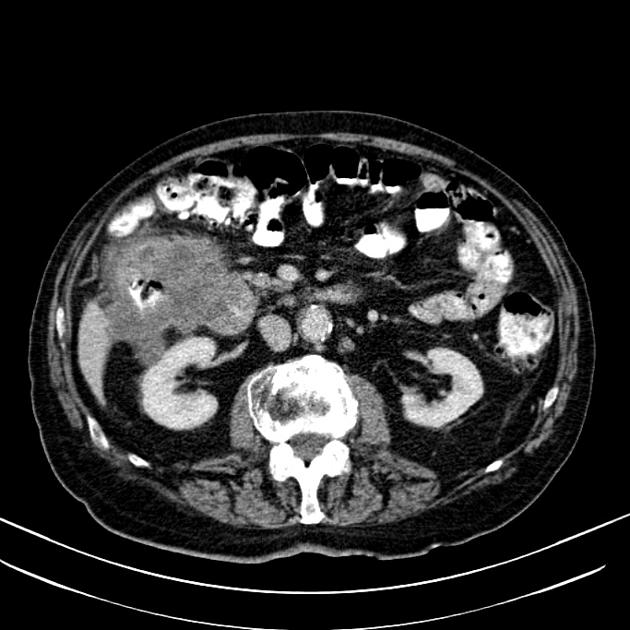
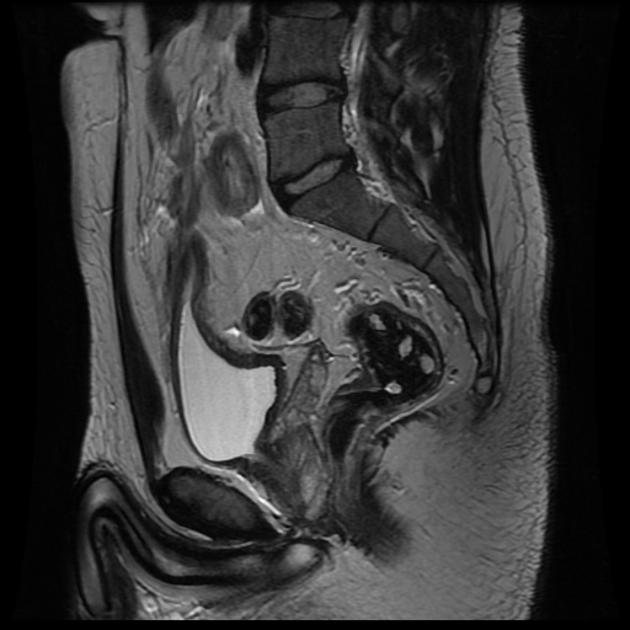
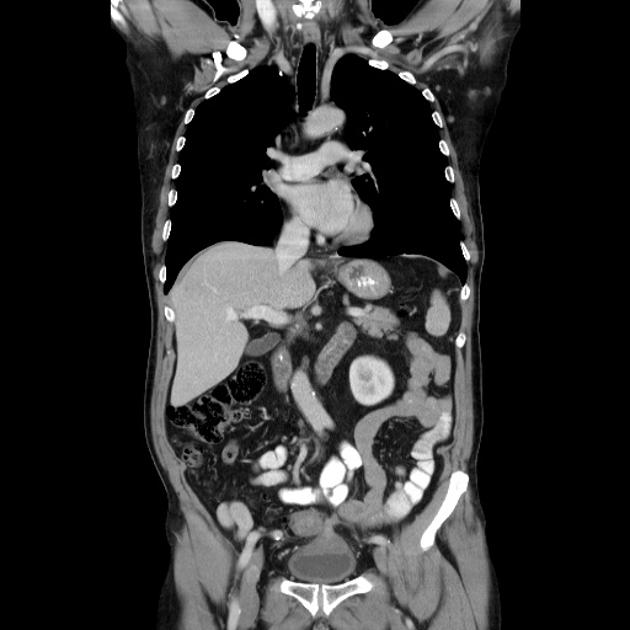
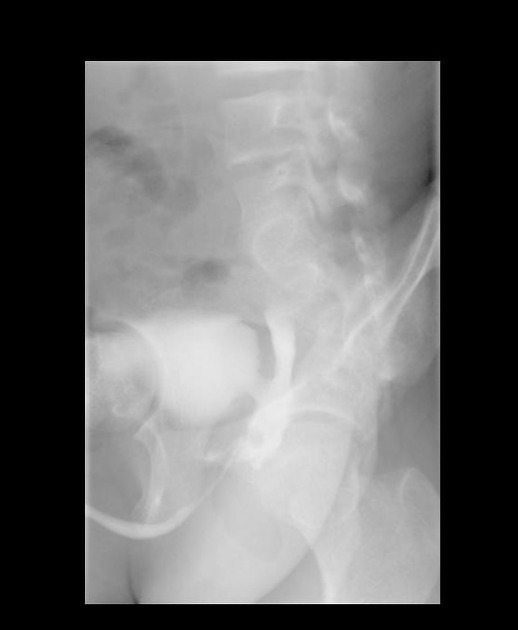
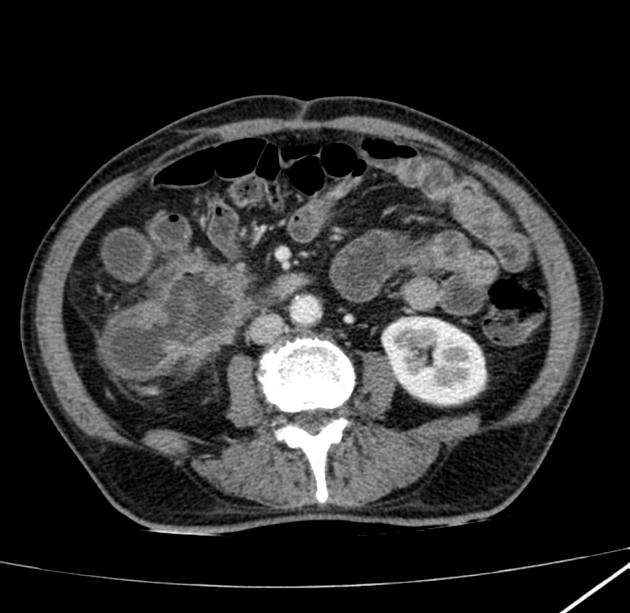
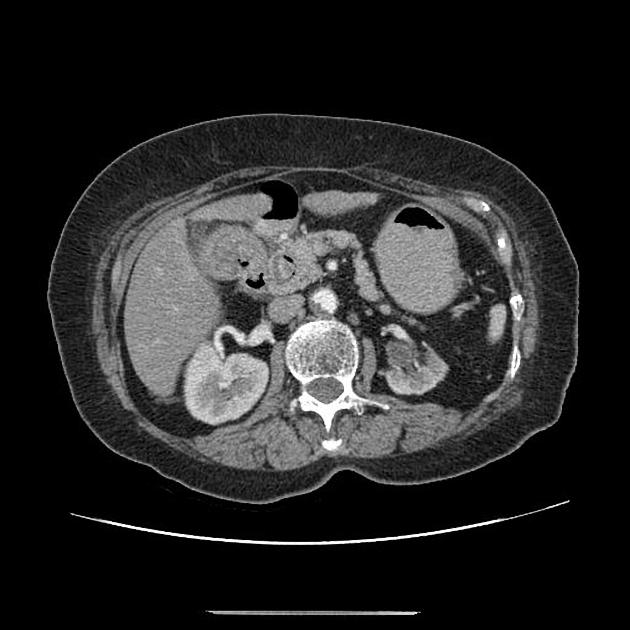
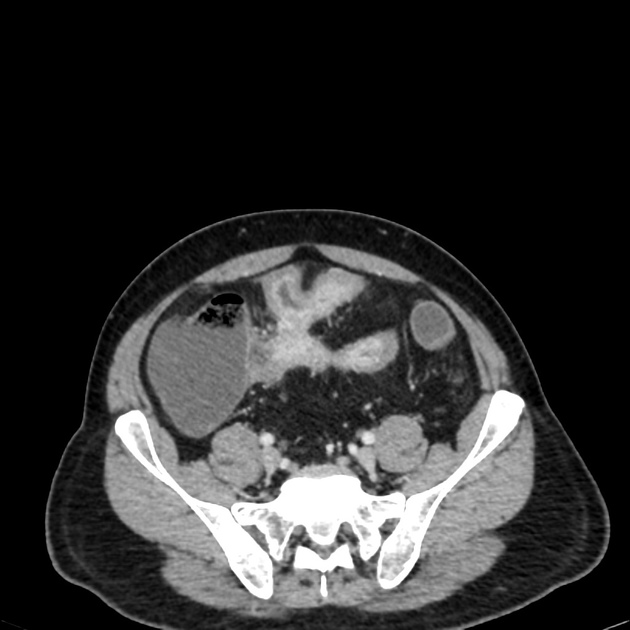
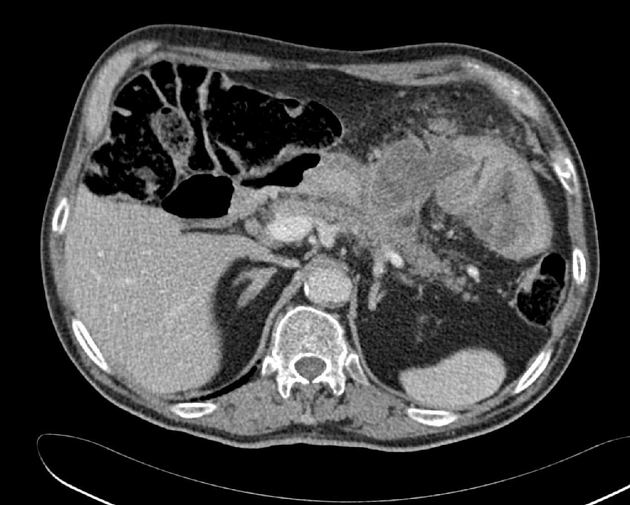
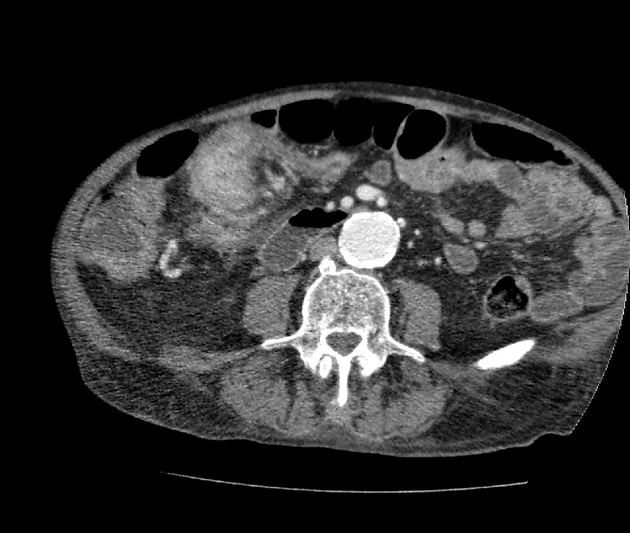
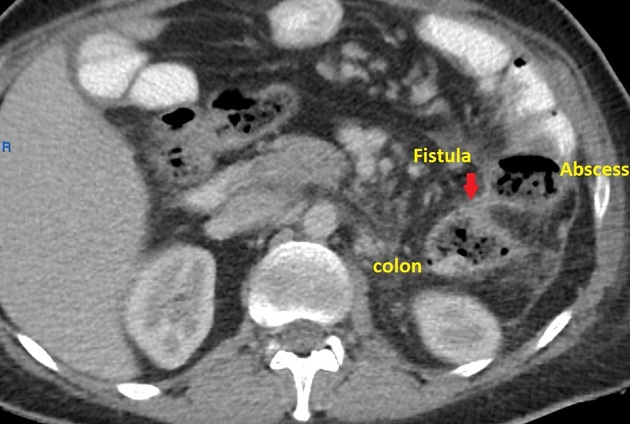
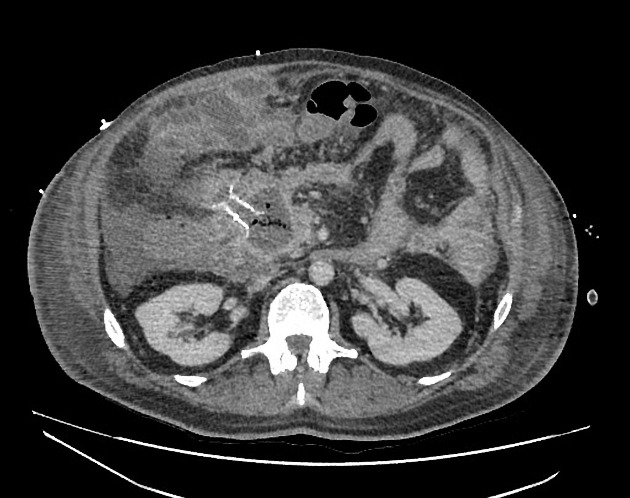
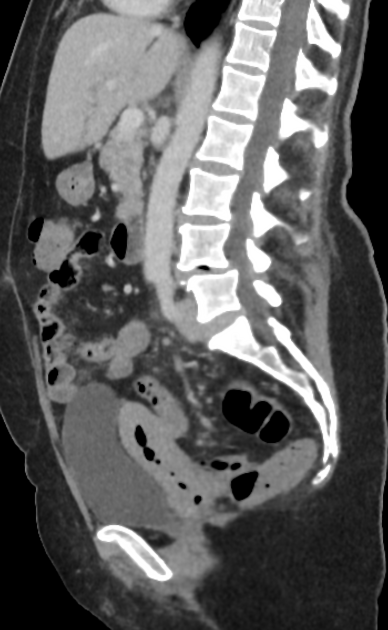


 Unable to process the form. Check for errors and try again.
Unable to process the form. Check for errors and try again.